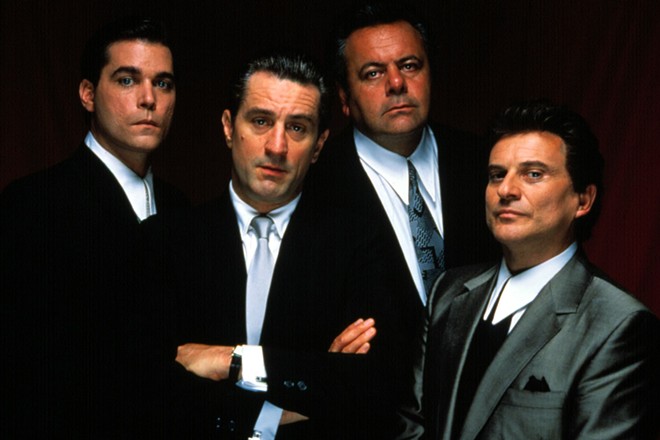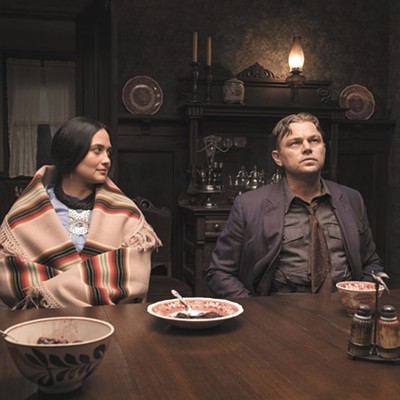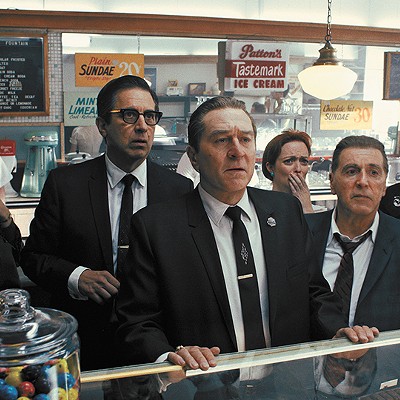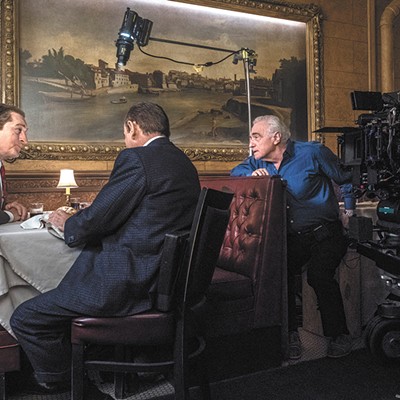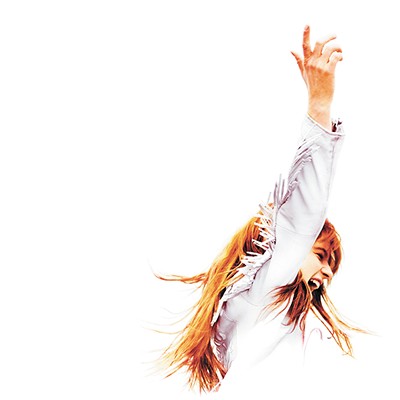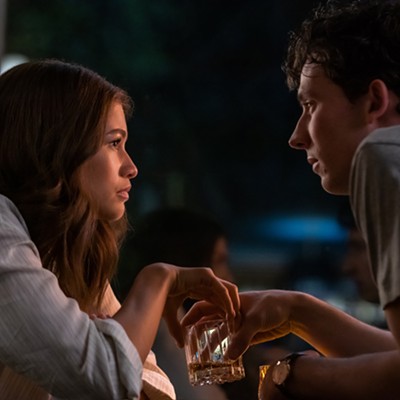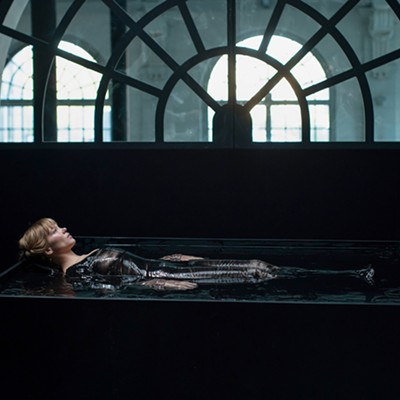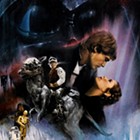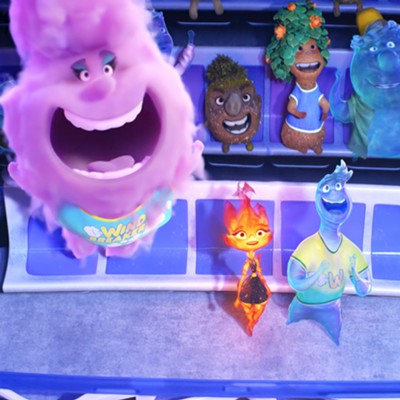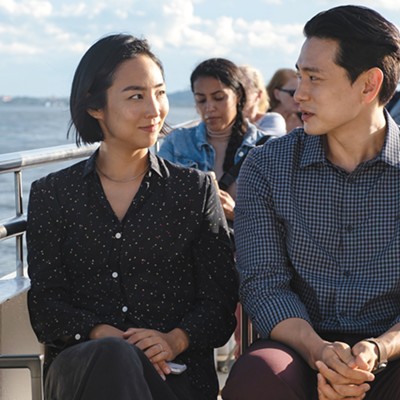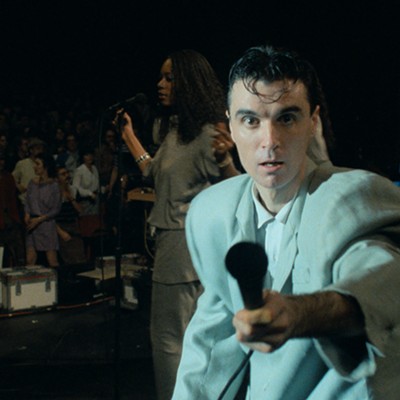From Travis Bickle to Jake La Motta to Jordan Belfort, Martin Scorsese's filmography is littered with miserable men — the disaffected, the damaged, the sociopathic, the corrupt. But no other movie better and more bracingly represents the apotheosis of his pet themes and stylistic quirks than 1990's GoodFellas, the quintessential Scorsese picture, released 30 years ago this month.
So many of the film's elements — its flashy photography, its fragmentary structure, the wall-to-wall voiceover narration and the brute-force violence — have since become prerequisites for organized crime stories, duplicated and parodied countless times in the last three decades (Scorsese himself successfully reworked his own formula in Casino and The Irishman). And yet watching GoodFellas for what seemed like the hundredth time last night, I was struck all over again by how exuberant and vital it still feels. It's a remarkably entertaining movie and an undeniably electric piece of filmmaking, but it's also, at its core, a tragedy of Shakespearean proportions, an epic of betrayal and immorality and all the dangers that go along with absolute power.
It is, of course, the true story of Henry Hill (Ray Liotta), who, as a poor boy growing up in 1950s Brooklyn, idolized the syndicate of gangsters and bootleggers that ran his neighborhood. In a film that's preoccupied with detail and process, Hill lays out his questionable career trajectory in near-constant voiceover: how he was taken under the wings of smooth operator James Conway (Robert De Niro) and the short-fused Tommy DeVito (Joe Pesci), how he started as a small-time crook before graduating to million-dollar heists and murder, and how he'd eventually rat out all his friends to save his own skin.
The movie is famous for its unexpected bursts of bloodshed, as Henry and company make quick and dirty work of anyone who could bring their operation crashing down. But the violence is deliberately undercut at every turn by Scorsese's caustic wit — the hilariously tense "I amuse you?" bit, or the scene in which the guys stop at Tommy's mother's house for dinner before disposing of poor, doomed Billy Batts — and that uneasy juxtaposition makes the brutality all the more horrifying.
Most Scorsese films tend to provide five-course meals for their actors, and GoodFellas is no exception. Pesci, who won an Academy Award for his performance, has never been better, a feral animal that can't help but snap its jaws at any perceived slight to his masculinity. He's the loose cannon, whose primary reflex is pulling out a gun. Lorraine Bracco, as Henry's wife Karen, is arguably the film's richest character, as enticed by this empty, flashy lifestyle as her husband. Early in their courtship, Henry tells Karen he's "in construction," and as she runs her hands over his noticeably un-calloused palms, we wonder how much she really knows, and how unscrupulous she's willing to become.
Cinematographer Michael Ballhaus' camera, meanwhile, has a mind of its own, barreling toward its characters in their moments of triumph and exhilaration, and physically recoiling from them at their most vicious. In one of the most famous visual moments in modern film history, Ballhaus employs a long Steadicam shot following Henry and Karen as they snake through the back hallways and kitchen of the Copacabana nightclub and right up to the foot of the stage, Henry's energy and influence reflected in the sheer duration and complexity of the shot.
Also masterful is Scorsese's use of music cues, a hallmark of his work, to illustrate both the passage of time and the degradation of the film's central relationships. The velvety crooning of Bobby Vinton and Tony Bennett gives way to the jittery sonic explosions of "Gimme Shelter" and "Jump Into the Fire." The running motif of '60s girl groups on the soundtrack (the Shangri-Las, the Crystals, the Ronettes) queasily underlines the characters' facade of precision and refinement. A third-act montage orchestrated to Derek and the Dominos' "Layla" plays like a visual symphony of death and betrayal.
Along with co-writer Nicholas Pileggi, whose nonfiction book Wiseguy served as inspiration for the film, Scorsese creates a world that is bursting with period detail, strange detours and memorable supporting characters. That's why, I think, GoodFellas is so compulsively rewatchable: Every time I see it, it seems to have refreshed itself and, much like Henry, I'm again swallowed up by a supposedly glamorous world that's so meticulously realized.
Yet they can't stop themselves from succumbing to their own worst impulses, so intoxicated by vanity and power they are. Shortly after GoodFellas hit theaters in 1990, the real Henry Hill, living in Seattle under a fake name, started bragging about his true identity to anyone who would listen. The government, in response, kicked his family out of the Witness Protection Program. He couldn't keep his mouth shut. Everyone had to know what a big deal he was. And that, if nothing else, proves just how right Scorsese got it.

